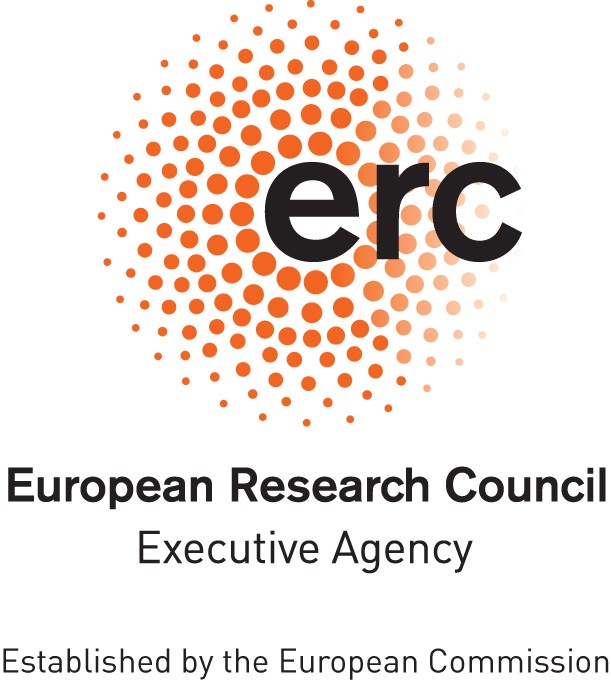Background

Simplified schematic of a tandem DSC using TiO2 as the n-type material and NiO as the p-type material, where S represents the sensitizer.
We are developing tandem dye-sensitized solar cells, which are a unique way to make a step change in the efficiency of solar cells which function at a molecular level. An efficient tandem DSC has not yet been developed because p-type DSCs are much less efficient than n-type cells. The goal of this project is to increase the efficiency from < 2% to > 20% by replacing the nickel oxide conventionally used with a new material which is optimised for dye-sensitized photocathodes: a wide band gap to allow the dye to absorb the light; better conductivity for higher photocurrent; a higher ionisation potential for higher voltage. By adding catalysts to the device, we can drive chemical reactions such as carbon dioxide reduction or hydrogen production from water to make fuel, so the dual challenges of energy conversion and storage are addressed.
n-Type transparent conducting oxides are present in many devices but their p-type counterparts are not largely commercialized as they exhibit much lower conductivities. The core part of this project focuses on making libraries of mixed metal oxides and selecting those which are promising p-type semiconductors. Our high-throughput synthesis and screening system will enable us to accelerate the discovery and optimisation processes. Promising materials are to be assembled in tandem DSCs and tested.



